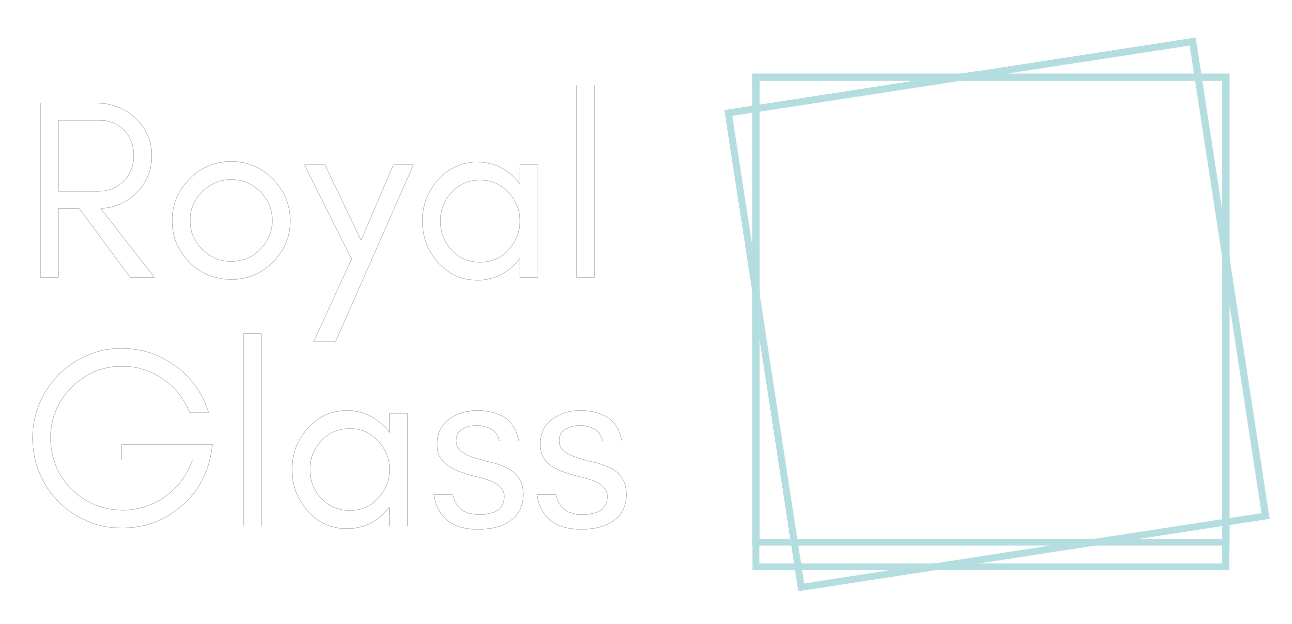The Smart Glass vs Smart Film will be discussed to help you decide which one to choose. In the world of modern architecture and interior design, the use of smart technologies has become increasingly popular. Among these, smart glass and smart film stand out as innovative solutions that offer both functionality and aesthetic appeal. However, choosing between these two options can be challenging, as they each have their own set of benefits and drawbacks. We will explore the differences between them to help you make an informed decision for your next project.
Introduction
Smart glass and smart film are both types of dynamic glass technologies that can change their transparency or opacity in response to external stimuli. This ability to switch between clear and opaque states makes them ideal for a variety of applications, ranging from privacy control to energy efficiency. While both technologies serve similar purposes, they differ in their installation methods, costs, and performance characteristics.
Benefits of Smart Glass vs Smart Film
Smart glass, also known as switchable glass or privacy glass, offers several key benefits. One of the primary advantages of smart glass is its ability to provide instant privacy at the flick of a switch. This makes it ideal for use in conference rooms, bathrooms, and other areas where privacy is required. Smart glass can also help to reduce glare and heat buildup, improving comfort levels and energy efficiency.
Another benefit of smart glass is its aesthetic appeal. When in its opaque state, smart glass can be used as a projection screen, allowing for the display of images or videos. This makes it ideal for use in retail settings, museums, and other spaces where multimedia displays are desired.
Smart film offers many of the same benefits as smart glass but with some unique advantages of its own. One of the key benefits of smart film is its flexibility and ease of installation. Unlike smart glass, which is typically installed as a permanent fixture, smart film can be applied to existing windows, making it a cost-effective solution for retrofitting older buildings.
Another advantage of smart film is its durability. Smart film is resistant to scratches and abrasions, making it ideal for use in high-traffic areas. Additionally, smart film is available in a variety of colors and opacity levels, allowing for greater design flexibility.
Drawbacks of Smart Glass vs Smart Film
While smart glass offers many benefits, it also has some drawbacks. One of the primary drawbacks of smart glass is its cost. Smart glass can be significantly more expensive than traditional glass, making it a less viable option for budget-conscious projects. Additionally, smart glass requires a power source to switch between its transparent and opaque states, which can add to the overall cost of installation.
Another drawback of smart glass is its limited lifespan. Over time, the electrical components in smart glass can degrade, leading to a reduction in performance. This means that smart glass may need to be replaced more frequently than traditional glass, adding to its long-term cost.
Like smart glass, smart film also has its drawbacks. One of the primary drawbacks of smart film is its installation process. While smart film can be applied to existing windows, the installation process can be time-consuming and labor-intensive, especially for large windows or complex shapes.
Another drawback of smart film is its limited durability. Smart film is more susceptible to scratches and damage than smart glass, which can affect its performance and appearance over time. Additionally, smart film may not offer the same level of privacy or heat reduction as smart glass, depending on the quality of the film and the installation method.
Applications
Both smart glass and smart film have a wide range of applications across various industries. Some common applications of smart glass include:
- Conference rooms: Smart glass can be used to provide instant privacy during meetings.
- Retail displays: Smart glass can be used as a projection screen for advertising or product displays.
- Residential windows: Smart glass can be used to control privacy and reduce glare in residential settings.
Smart film, on the other hand, is often used in the following applications:
- Retrofitting existing windows: Smart film can be applied to existing windows to add smart functionality.
- Privacy partitions: Smart film can be used to create private spaces in open-plan offices or healthcare facilities.
- Decorative elements: Smart film is available in a variety of colors and opacity levels, making it ideal for decorative applications.
Conclusion
In conclusion, both smart glass and smart film offer unique benefits and drawbacks that should be carefully considered when choosing between the two technologies. Smart glass is ideal for applications where durability and long-term performance are essential, while smart film offers greater flexibility and cost-effectiveness. Ultimately, the choice between smart glass and smart film will depend on the specific requirements of your project and your budget constraints. For commercial smart glass installations, reach out to Royal Glass by sending an email to info@royalglass.co.nz or by calling 0800 769 254.

